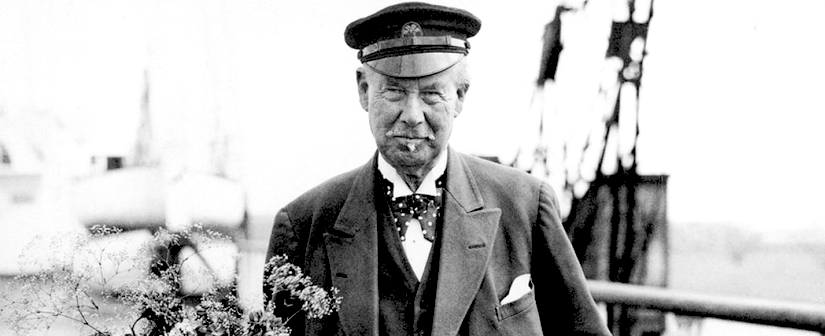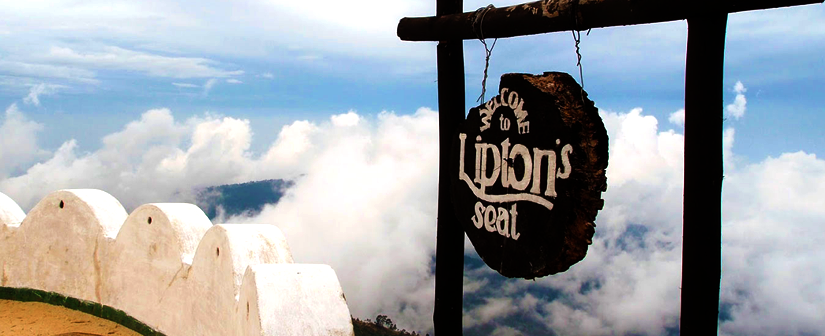The familiar phrase “That’s my cup of tea!” indicates something good, something you like. The origins of the words are distinct; tea is not only good; it is the world’s second most popular drink (after plain water). In fact, tea results from pouring boiling water on the dried leaves of the tea plant, known as Camellia sinensis. You can either add sugar and milk or drink it plain for the ultimate drink of good health.
Strange as it may seem, the story of Ceylon Tea begins with coffee. The tale begins in the early 1820s, barely five years after the surrender of Kandy, the last surviving indigenously-ruled state in Ceylon, to the British crown.
Later we will look at the various kinds of tea. First, here’s the backstory relating to the best tea in the world: Pure Ceylon Tea grown in Sri Lanka

Storm in a Tea Cup – Lipton Tea
The first harvesting of tea grown in Ceylon (as Sri Lanka now called) was a small event that changed the world. Ceylon was already famous for its coffee when, in 1867, an enterprising planter set out tea seedlings in 19 acres of terraced land at Loolecondera, 34km south of Kandy. The planter, James Taylor, had arrived on the island from Scotland in 1852 when he was only 16. His experiment was fortuitous, as soon afterwards, a creeping fungus began to sabotage the growing of coffee.
The same year that James Taylor planted the first field of tea, the first train steamed into the hill-country capital of Kandy, heralding the arrival of railways to Ceylon. Both events created a new industry. The railways provided a speedy way to transport tea to the Colombo docks for shipment overseas, and tea provided the freight revenue that enabled the railways to make a profit and expand.
Tea was planted where the railways went, as bankrupt coffee planters copied Taylor’s initiative. A lucrative tea industry took root beginning with the first 23 pounds of tea exported in 1873, rising to 151,000,000 pounds shipped in 1903. By then, Ceylon tea’s success in capturing the British market was being helped by another canny Scotsman, Thomas Lipton.

Lipton’s passion for tea was inspired by his pursuit of profit and his love for a bargain. He was a self-made man with a chain of grocery stores throughout Britain, but he didn’t sell tea. Tea was becoming a popular drink in Britain with the British being second only to Australians as the world’s most heavily addicted tea drinkers. Retailers purchased tea grown in China, India and some from Ceylon from importers and merchants based in London’s Mincing Lane.
Lipton was looking for a way to acquire tea to sell in his stores without having to buy from middlemen. In 1890 he arrived without fanfare in Ceylon. Lipton Thomas travelled to Kandy and observed several goods trains in the sidings loaded with tea chests taken to the port for shipment. He realised there was both production and transportation infrastructure in place and all he needed to take advantage of it was to buy plantations of his own.
He bought up failed coffee plantations in the Haputale area (site of today’s popular lookout point, Lipton’s Seat) that were for sale at bargain prices. By sourcing tea from his plantations, he gained control – and profit – utilising the enticing slogan from “From the tea garden to the teapot.” His efforts created such a demand for tea that he was importing enough to make his blend: “Lipton’s Tea.”
If you’re around Haputale here are the top places to experience a perfect cup of Sri Lankan tea

The industry expanded in the 20th century, going through various upheavals. The over-supply created new markets demanding cheaper, mass-produced tea in place of the more finer qualities of Ceylon Tea. After independence in 1948, plantation management changed from European to Sri Lankans.
The change of the country’s name in 1972 to Sri Lanka from Ceylon also nationalised all plantations over 50 acres. It took nearly two decades before the system was changed. Now, most Sri Lanka tea plantations are owned by limited companies. Both management and production have been streamlined to bring the reputation for excellence back to Pure Ceylon Tea grown only in Sri Lanka.




